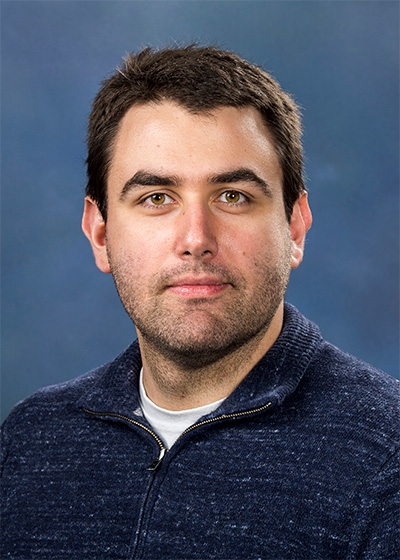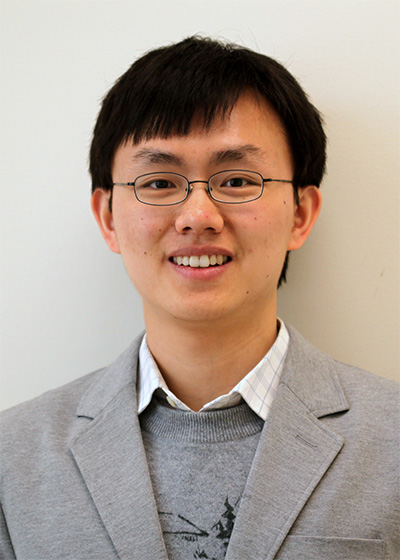UC San Diego Engineers Honored as Fellows in Prestigious AIMBE College
Two engineering professors at the University of California San Diego Jacobs School of Engineering were inducted into the College of Fellows of the American Institute for Medical and Biological Engineering (AIMBE). Professors Ludmil Alexandrov and Sheng Xu were among the 162 new AIMBE Fellows who were recognized at a ceremony during the AIMBE Annual Event on March 25.
Election to the AIMBE College of Fellows is among the highest professional distinctions accorded to medical and biological engineers, comprised of the top two percent of engineers in these fields. Fellows are honored for their contributions to engineering and medicine research, practice, or education, as well as for pioneering new and developing fields of technology that significantly advance the fields of medical and biological engineering.

Ludmil Alexandrov, a professor in the Shu Chien-Gene Lay Department of Bioengineering and the Department of Cellular and Molecular Medicine at UC San Diego, develops next-generation computational tools and combines them with novel experimental techniques to gain insights into how human cancers develop and grow, which has led to the development of improved strategies to prevent and treat cancer. A key thrust of his research focuses on identifying molecular patterns in the genome, analyzing their role in cancer progression, and using them for equitable precision oncology.
For example, Alexandrov’s research has uncovered a pattern of DNA mutations that links bladder cancer to tobacco smoking. The discovery was made possible thanks to a powerful new machine learning tool that his team developed to find patterns of mutations—known as mutational signatures—caused by carcinogens and other DNA-altering processes. Another study from his lab had made headlines from the discovery that repeated and frequent use of UV nail dryers for manicures leads to cell death, DNA damage and cancer-causing mutations in human cells. More recently, Alexandrov’s work has shown that certain regions of the genome, which exhibit unique topographic features, act as hotspots for mutations in cancer to accumulate. The findings shed light on how the 3D architecture of the human genome may play a role in the development of various forms of cancer.

Sheng Xu, a professor in the Department of NanoEngineering, builds soft, stretchable ultrasound sensors that can be comfortably worn on the skin to track physiological signals deep inside the body. These ultrasound skin patches make it possible to easily and non-invasively monitor a variety of cardiovascular functions, ranging from central blood pressure—which is the pressure in the vessels that send blood directly from the heart to other major organs—to blood flow and heart activity. Xu’s lab has also developed an ultrasound patch that can image deep tissues in 3D, providing a non-invasive way to monitor tissue stiffness that is characteristic of cancer, sports injuries, fibrosis, aging and other conditions. Wearable ultrasound technologies such as these also have the potential to make ultrasound more accessible to a larger population, particularly for clinics that may have neither the resources for bulky, expensive ultrasound machines nor the staff trained to use them.
Xu’s lab recently achieved the feat of making their wearable ultrasound technology wireless, where everything from the sensor to the control electronics, power, and data transmission are fully integrated into a soft skin patch. This marked a major breakthrough for it opens the doors to ultrasonic sensing in freely moving subjects. In addition, Xu’s research group develops AI technologies to automatically analyze the data captured by their wearable ultrasound systems to generate actionable information for the clinicians.

